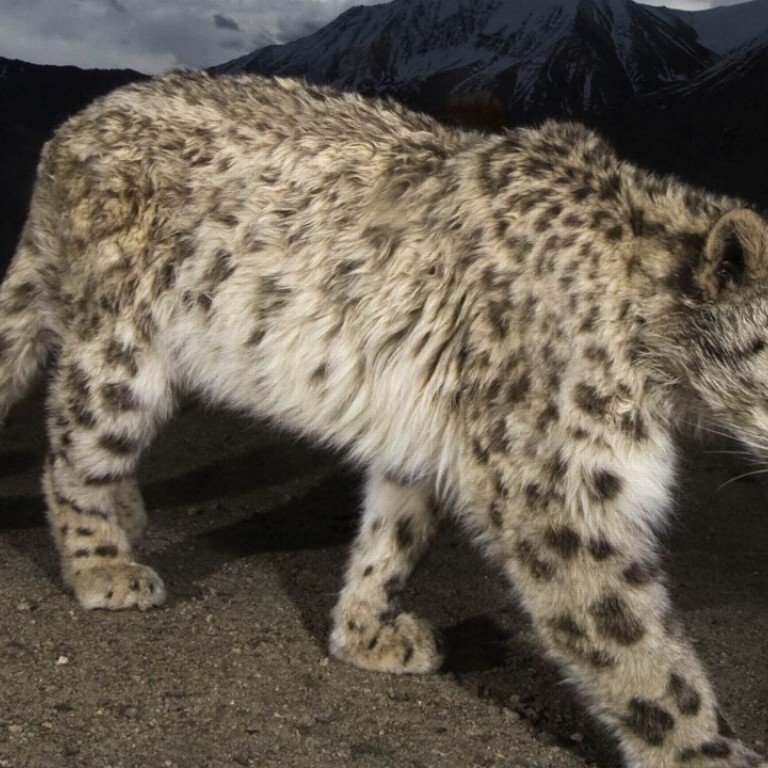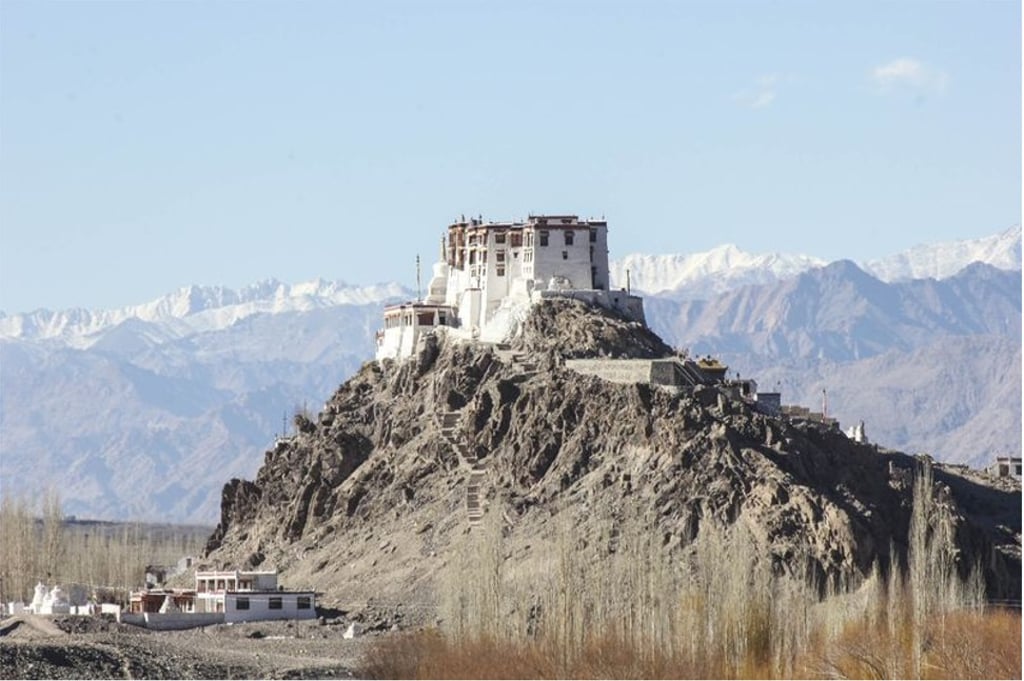Snow leopards: playing hide and seek with Himalaya’s living ghosts at 13,000 feet

Once-endangered animals are tourist attraction high up on Himalaya’s frozen slopes in India’s Ladakh region … but there are no guarantees you will see them
On my sixth day in the mountains, a pair of Tibetan wolves emerges from the frozen valley and saunters past, just a few hundred yards (a few hundred metres) away.
Minutes ago, I was sipping warm masala chai; now I’m holding my camera in the biting cold. The duo is bold to come this close, but it’s only because they don’t fear being shot by anything other than my Canon Rebel DSLR.
Their coats – patches of red, brown, and white – keep them blended, a rippling optical illusion.
One wolf disappears into the rocks; the other trots up the ridge. Silhouetted against the sun, he lets out a howl few have heard in the wild. And when he howls, I howl back.
“Not bad for breakfast,” whispers Rahul Sharma, a co-owner of the Snow Leopard Lodge, where I’m staying.
Since opening in 2007, Sharma has had many moments like this one, but he still smiles so wide that his handlebar moustache practically dances.
Ulley, a high-altitude hamlet in the far north of India, has no paved roads, no Wi-fi, and more livestock than people.
It’s part of a district called Ladakh, “the land of high passes” to locals, in India’s state of Jammu and Kashmir. The detachment from civilisation is pronounced in its stillness, the kind of digital detox that pundits like to promote but few ever experience.
This is the Himalayas in all their isolating charm, a speck on a mountainous map where even borders are state secrets.
